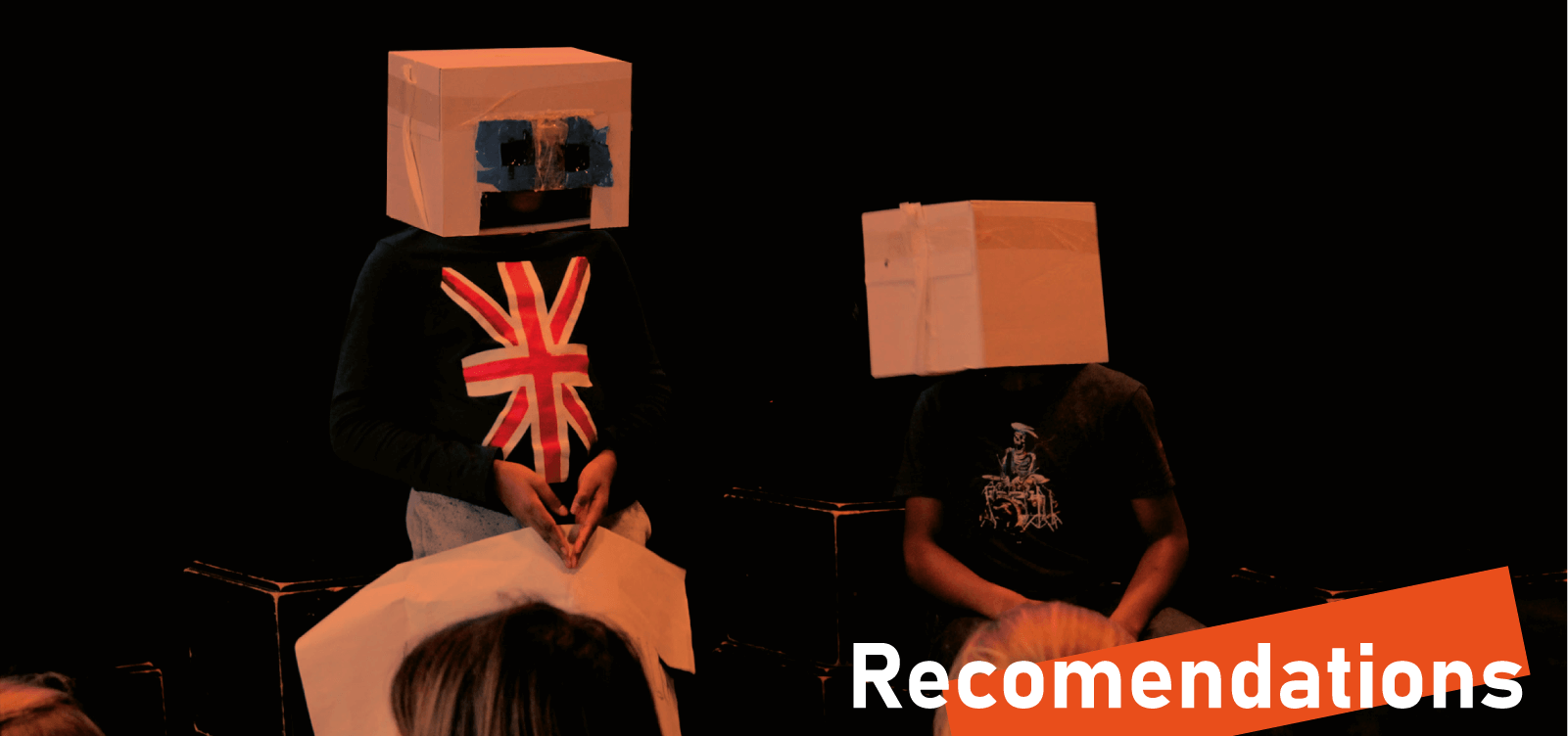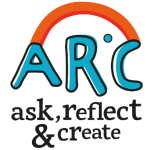
Before
Before carrying out an ARC activity, it is important to consider several aspects:
At school: If you are a teacher, make sure you have at least two hours available when you schedule an ARC activity with a group of students. If this is not possible, you can divide an activity into several continuous sessions. You can even turn an ARC activity into a great long-term project which can take weeks or months! Feel free to reinterpret and enrich the activity as required to meet your specific needs . At home: If the activity is going to take place at home, parents or tutors must allow for at least one hour of ongoing oversight.
This method is recommended for children between 6 and 12 years of age. The texts that accompany the illustrations are only suggestions. An instructor or activity leader can modify and enrich texts, as necessary.
5-year-olds can also carry out an ARC activity. For some topics, such as "Quarantine," we recommend adapting language and vocabulary to suit the comprehension of a younger child.
during
During the development of the activity, keep in mind the following points:
The teacher or leader of the activity should make every effort to ensure that the solutions proposed by the children are "innovative". Creative thinking can be stimulated using phrases such as: “Imagine you are an inventor! Invent a solution that doesn't yet exist !! Why don’t you invent a machine that can solve the problem you propose? What would that machine look like? How would it work?” Keep in mind that an idea that may not seem innovative to you, may be something new for the child. If a child proposes a solution that exists in the real world, that’s okay. This is a great opportunity for children to understand the real-world problems that inspired the creation of an existing invention! The children’s activities are still meeting the goal of staying creatively active.
Try to promote and facilitate free creation. Children's opinions are what count, and children have the final say in design decisions. Adults are only there to facilitate and oversee the activity: they present the illustrations, read the sentences, answer any questions and help to create the prototype, if necessary.
Don't influence children's final decisions by offering your opinion about what is the “correct” or “most interesting” solution.
In the initial stage of the activity, children do not need to search for additional information either in books or online, since it is intended that they use the large fund of knowledge already accumulated in their brains. This fund includes things they have learned at school or at home; things they have experienced on vacation or at the museum, zoo, or science museum; things they have seen on television shows or movies, things they have heard in conversations with friends, and hundreds of other experiences from the past. This is an activity designed to process the information children already possess.
The challenges described by children can provide an interesting perspective to parents or teachers regarding the children’s concerns, interests or feelings. If the children have difficulty coming up with challenges, they can get help from the examples.
Adults can also suggest other challenges to make identifying a new problem easier. Depending on the theme, you should consider challenges that can arise in different places and with different people, looking at diverse occupations and living situations as well.
In these times of global quarantine, it is important to explain to children the situation they are experiencing, which is, of course, entirely new to them. This will make it easier for them to identify new challenges such as: avoiding the spread of COVID-19 , getting food to people who don't have any, producing food, providing public transport, maintaining supermarkets , staying at home, playing sports, enjoying the summer, going back to school and --despite distancing requirements--still staying close to our loved ones. The challenges are, in fact, more than we can count.
If necessary, present new challenges as open-ended questions. "How might we ...?” This is a good way to start, as it makes it clear from the outset that a child can always find a possible solution for any problem, however unusual, fanciful or impossible the solution may seem.
The solutions or ideas proposed by the children do not have to be possible or realizable in the present. Children have the freedom to propose any kind of innovation. Technological solutions, such as a digital apps, are also welcome.
after
Once the activity is done, consider the following:
This is an activity that does not require grades. It is important to remember to focus on the process and not the final product.
